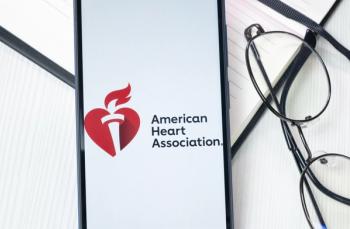
AAP issues guidance for interseason RSV cases
Respiratory syncytial virus (RSV) usually has a similar season as influenza. However, face masks and social distancing have altered the timeline. The American Academy of Pediatrics (AAP) has released guidance for using palivizumab during this interseason period.
Respiratory syncytial virus is responsible for an annual epidemic of acute respiratory illness in children, such as bronchiolitis and pneumonia. Its typical season runs from the fall to spring, with a peak usually happening in early February. Following the initiation of mitigation strategies for COVID-19, such as masking and social distancing, the rate of respiratory syncytial virus was dramatically reduced, with very few cases noted in the traditional 2020-2021 season. However, there’s been a marked increase since this past spring, when the COVID-19 mitigation strategies were relaxed. Certain areas of the United States have seen increases in emergency department visits and hospitalizations of infants and children due to the virus. It’s unknown whether the unusual peak will end before the start of the 2021-2022 season and whether it will spread to other regions of the country.
In 2014, the American Academy of Pediatric (AAP) policy for respiratory syncytial virus specified that palivizumab, a humanized monoclonal antibody, can be considered for use the decrease the risk of disease in infants who are at increased risk of severe disease. AAP has issued
Reference
1.American Academy of Pediatrics. Interim guidance for use of palivizumab prophylaxis to prevent hospitalization from severe respiratory syncytial virus infection during the current atypical interseasonal RSV spread. Published August 10, 2021. Accessed August 12, 2021.
Newsletter
Access practical, evidence-based guidance to support better care for our youngest patients. Join our email list for the latest clinical updates.











